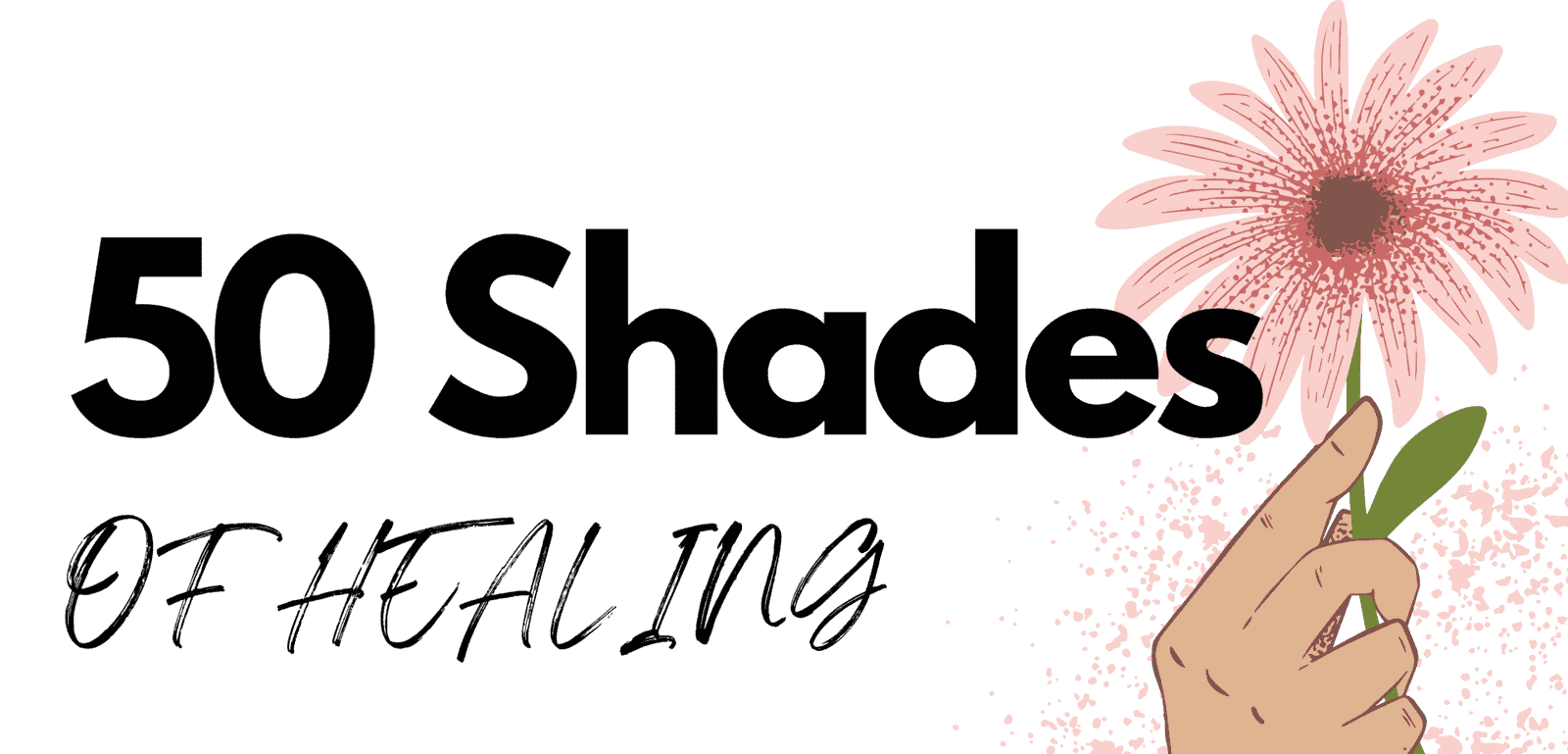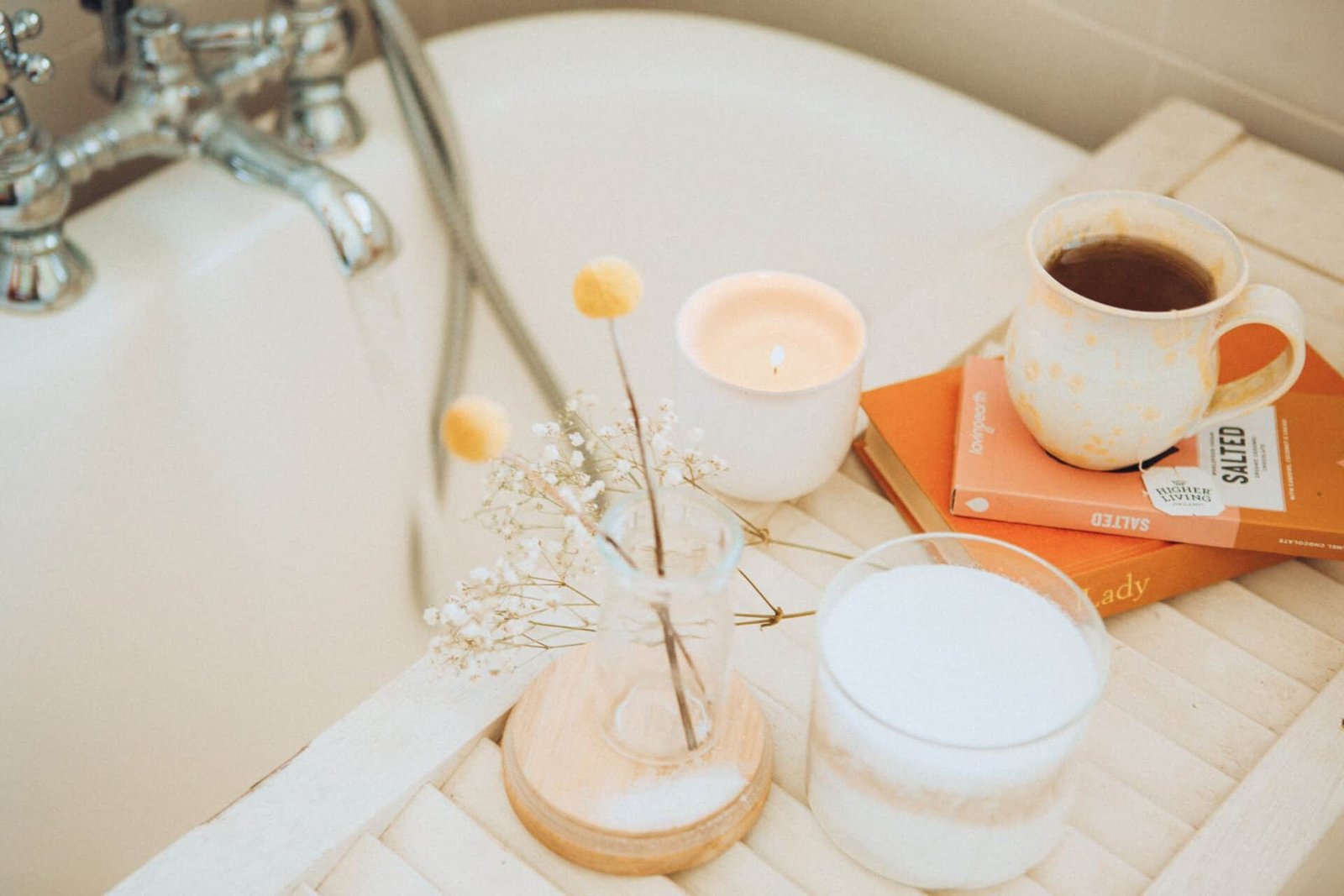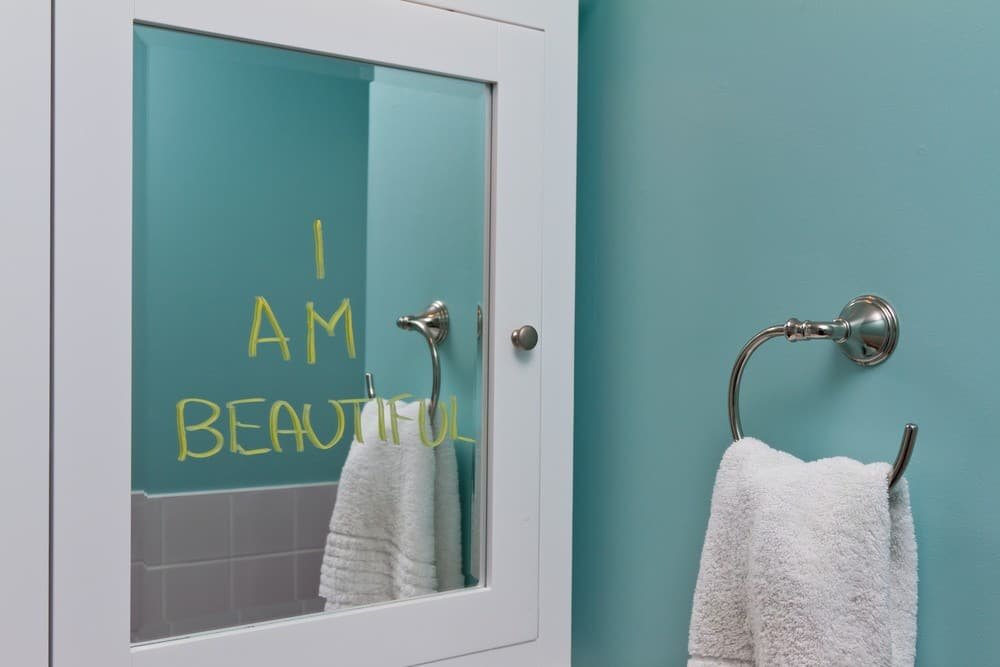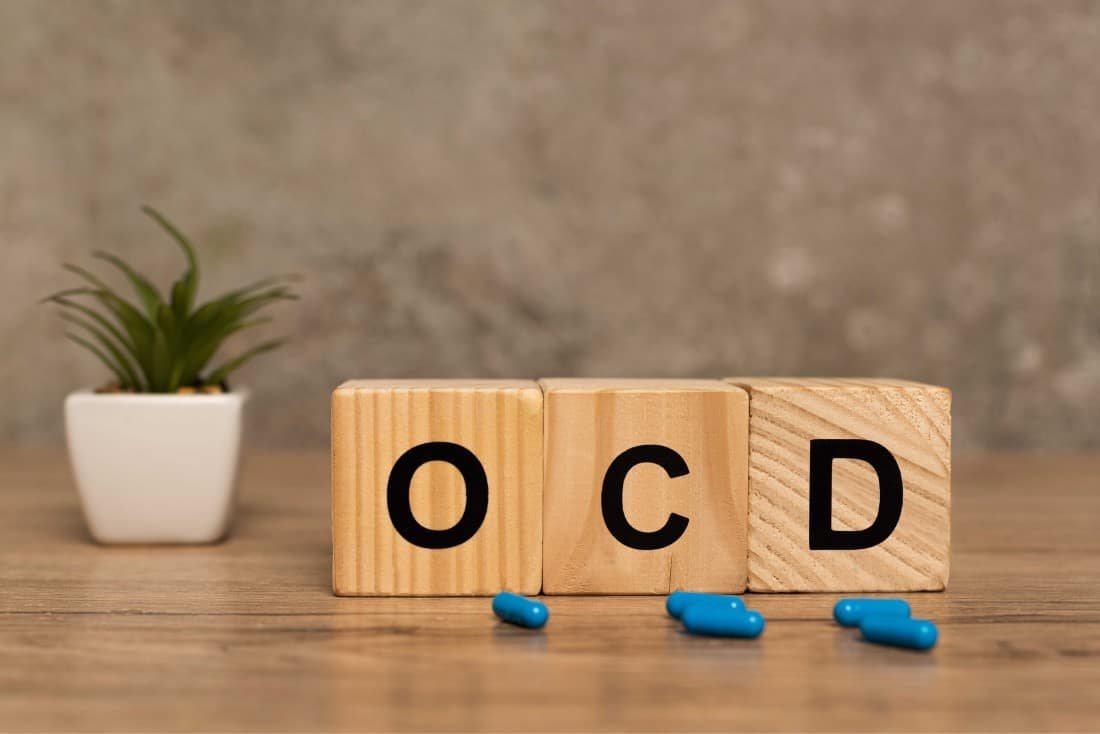A Beginner’s Guide to Meditation and Mindfulness
If you’ve been feeling overwhelmed, stressed, or just craving a little peace of mind, you’re not alone. Finding a moment to catch your breath in our fast-paced world can feel impossible. Enter meditation and mindfulness: two practices that are like little mental vacations you can take any time, anywhere. And the best part? You don’t need to be a monk living on a mountaintop to reap the benefits.
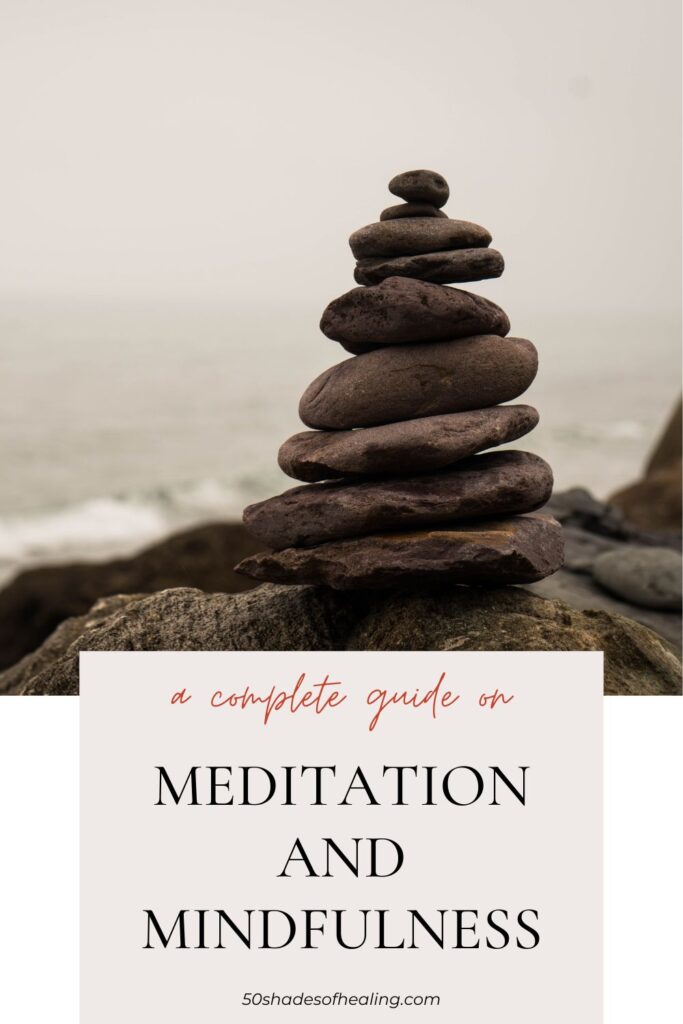
This beginner’s guide will explain meditation and mindfulness, explain why they’re beneficial, and show you how to incorporate them into your daily life, even if your schedule is jam-packed.
What is Meditation?
Meditation is a practice where you focus your mind on a particular object, thought, or activity to train attention and awareness.
Think of it as a workout for your brain, but instead of lifting weights, you’re lifting your mood and reducing stress.
There are various forms of meditation, including guided, mantra, mindfulness, and movement-based meditation like yoga. While the methods may differ, the goal is generally the same: to achieve a state of relaxation and mental clarity.
What is Mindfulness?
Mindfulness is the practice of being fully present and engaged in the current moment, without judgment.
It’s about noticing what’s happening around you and within you, your thoughts, feelings, and physical sensations, without getting caught up in them.
If meditation is the training ground, mindfulness is the game. You can practice mindfulness in nearly any activity, whether it’s eating, walking, or even washing dishes.
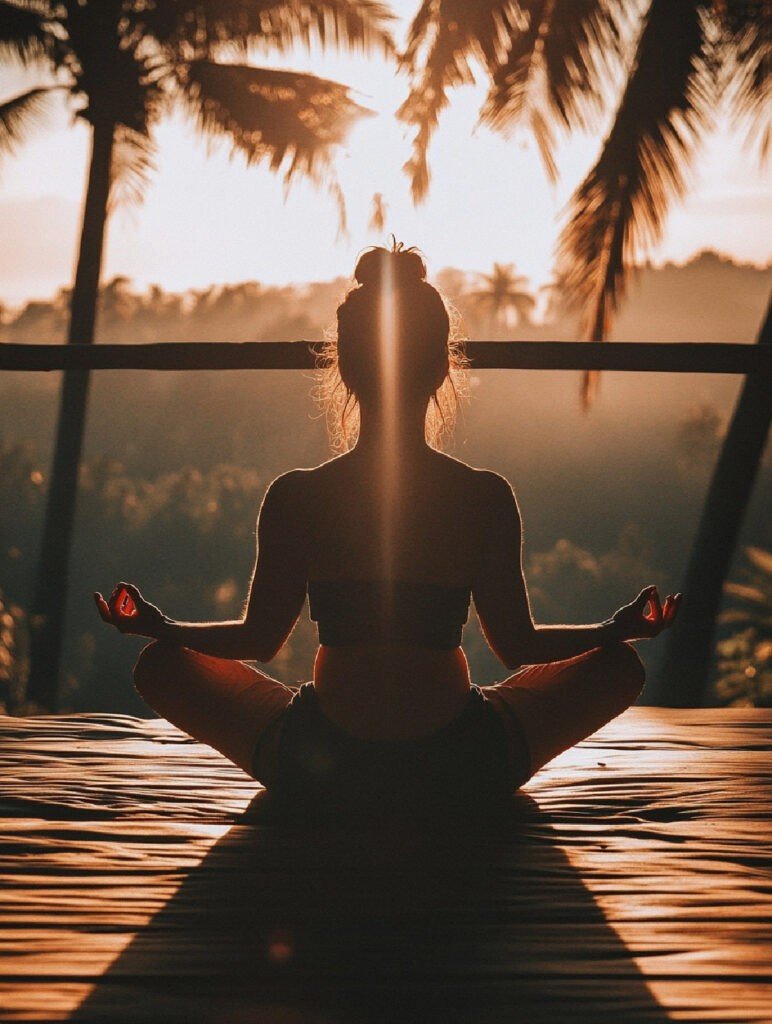
The Benefits of Meditation and Mindfulness
So, why should you start meditating or practicing mindfulness? Here are some benefits that might convince you to give it a go:
- Reduces Stress and Anxiety: Studies have shown that regular meditation can lower levels of the stress hormone cortisol, making you feel more relaxed and less anxious.
- Improves Focus and Concentration: Meditation helps train your mind to focus on one thing at a time, improving your ability to concentrate in other areas of life.
- Enhances Self-Awareness: Through mindfulness, you become more aware of your thoughts and feelings, allowing you to understand yourself better and react to situations in a more balanced way.
- Boosts Emotional Health: Meditation has been linked to improved mood and emotional well-being. It can help reduce symptoms of depression and increase feelings of happiness.
- Improves Sleep: Struggling with insomnia? Meditation and mindfulness practices can calm your mind and body, making it easier to drift off into a peaceful sleep.
Getting Started with Meditation
Starting meditation can feel a bit intimidating, especially if you’re used to a go-go-go lifestyle.
But the beauty of meditation is that you can start small and build from there. Here’s a simple step-by-step guide to get you started:
- Find a Quiet Spot: Choose a place where you won’t be disturbed. It doesn’t have to be perfectly silent, but a calm environment will help you focus.
- Get Comfortable: Sit or lie down in a comfortable position. You can sit cross-legged on the floor, in a chair with your feet flat on the ground, or even lie down if you’re careful not to fall asleep!
- Set a Timer: If you’re new to meditation, start with just 5 minutes. Gradually increase the time as you get more comfortable.
- Focus on Your Breath: Close your eyes and take deep breaths in and out. Focus on the sensation of your breath entering and leaving your body. If your mind starts to wander (and it will), gently bring your focus back to your breath without judgment.
- Scan Your Body: After a few minutes of focusing on your breath, try a quick body scan. Start from your toes and slowly work your way up to the top of your head, noticing any areas of tension and allowing them to relax.
- End with Gratitude: Before you finish, take a moment to feel grateful for taking this time for yourself. When you’re ready, slowly open your eyes.
Incorporating Mindfulness into Everyday Activities
If sitting down for a formal meditation session feels daunting, try incorporating mindfulness into your daily activities.
Here are some simple ways to practice mindfulness without adding extra time to your day:
- Mindful Eating: Instead of scarfing down your meals, take the time to really taste your food. Notice the flavors, textures, and smells. Eating mindfully can help you appreciate your food more and may even improve digestion.
- Mindful Walking: Whether you’re walking to your car or taking a stroll in the park, focus on the sensation of your feet touching the ground. Notice the sights, sounds, and smells around you.
- Mindful Breathing: You don’t need to be meditating to focus on your breath. Whenever you feel stressed or overwhelmed, take a few deep breaths and bring your attention to the present moment.
- Mindful Listening: The next time you’re in a conversation, really listen to the other person without planning your response. This not only helps you be more present but also improves your relationships.
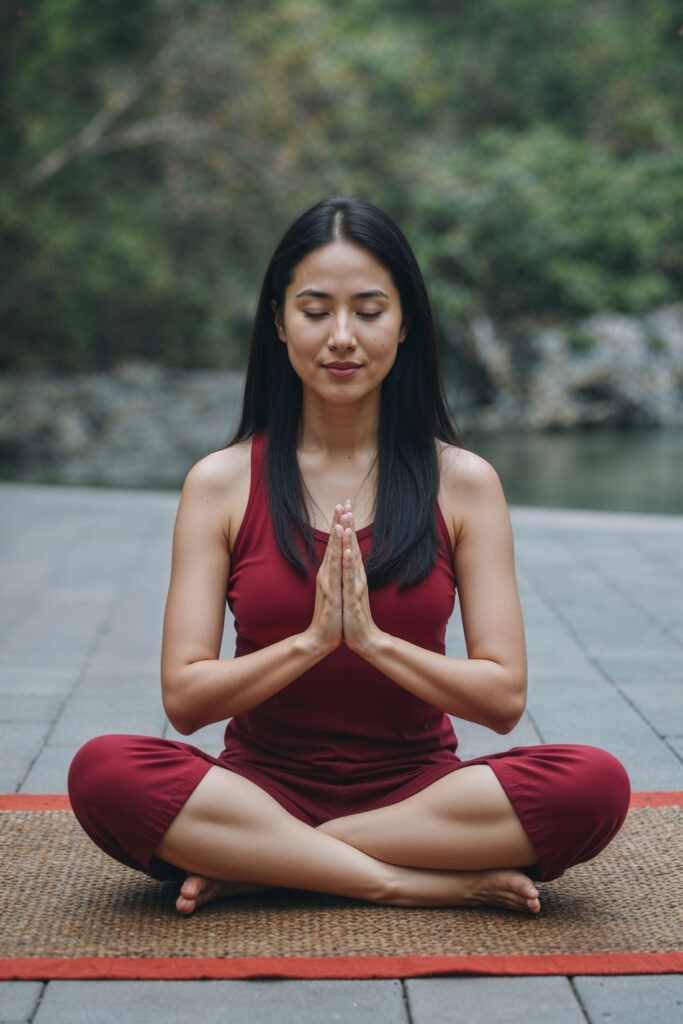
Tips for Staying Consistent
Starting a meditation or mindfulness practice is one thing, but sticking with it can be a challenge. Here are some tips to help you stay on track:
- Start Small: Don’t feel like you need to meditate for 30 minutes right off the bat. Even 5 minutes a day can make a big difference.
- Make it a Habit: Try to meditate at the same time every day, whether it’s first thing in the morning or right before bed. Consistency is key.
- Use Apps or Guides: If you’re struggling to meditate on your own, try using a meditation app or guided meditations on YouTube. There are plenty of resources available to help you.
- Be Kind to Yourself: It’s normal for your mind to wander or for you to miss a day. Don’t beat yourself up about it. Just acknowledge it and try again the next day.
Powerful Tools
Meditation and mindfulness are powerful tools for enhancing your mental and emotional well-being.
They’re not quick fixes or miracle cures, but with a little patience and practice, they can make a significant difference in navigating life’s ups and downs.
So, whether you’re looking to reduce stress, improve your focus, or find a little more peace in your day, try meditation and mindfulness.
You might be surprised at the impact they can have!
